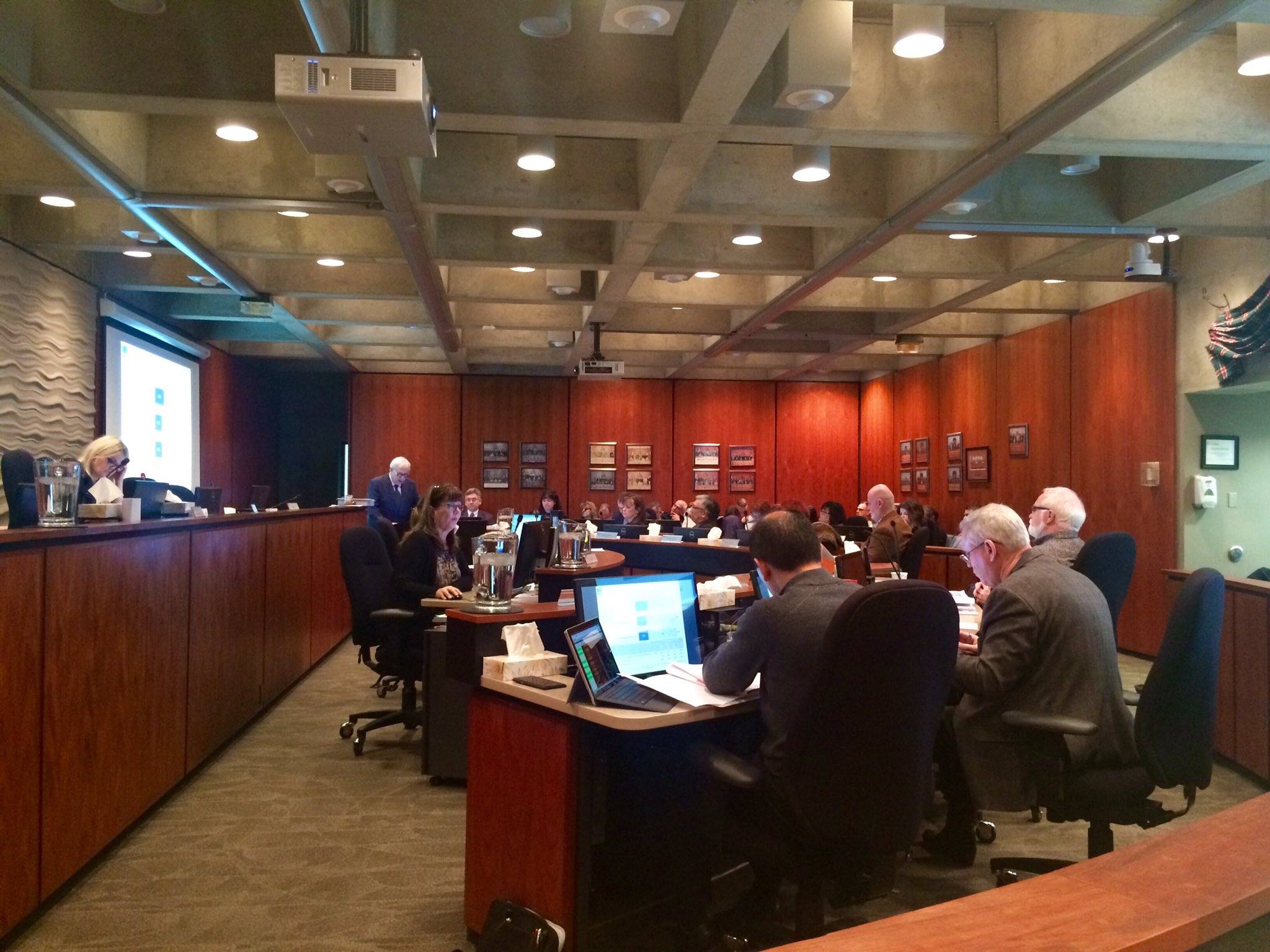City council is seeking a clear-cut plan from the Alberta government in terms of needle pick-up in the community in relation to provincially-funded harm reduction programs.
Late last year, council directed administration to bring back a report with respect to a review of the clean-up contract around work related to needle pick-up and human debris clean-up, and clarity regarding the issue of needle collection.
From Monday’s meeting – two items in a resolution were passed.
These include implementing an advocacy strategy to the Ministry of Health to articulate community safety issues created with the provincially-funded harm reduction initiative on the clean-up of unreturned needles and the burden that has been placed on municipal taxpayers as a result.
The second part of the resolution was that administration be directed to extend and enhance the City’s communication program.
This involves promoting the 24-hour call line that is already in place, as well as ‘211’ – which can be easily remembered and provides a multi-lingual service.
“What became very apparent in the discussion on needle debris tonight, is the provincial government has health objectives that they are fulfilling through the distribution of needles in support of vulnerable citizens,” said Mayor Tara Veer. “But what has become apparent is the fact there are unintended consequences, because the provincial government does not have a methodical plan for the return of those needles.
“That has potentially direct health and safety impacts for our general public. So our request tonight was to ask the provincial government – because it is a provincial program on the distribution – to accept responsibility and to develop an intentional and methodical means of ensuring the return of returning that needle debris to the provincial program.
“The City of Red Deer has developed needle protocols in partnership with our community,” she explained, in terms of having a coordinated effort around the clean-up of needle debris.
“But what became very clear is that regardless of how strong those protocols are, is that the missing gap has been a clear, intentional, methodical plan on the part of Alberta Health – who are the ones responsible for funding the distribution of those needles – without a very clear plan on how they are returned.
“In tonight’s discussion, there was acknowledgment there are protocols around the safe clean-up of them, but as Alberta’s third largest city on the central corridor, we need to make a strong case to the provincial government that they have a responsibility to address that shortfall.”
According to council notes, the province has developed a Harm Reduction Program which is delivered through Turning Point. “However, it has failed to address the downstream impact of needle debris in the community primarily in the downtown area.
“The City is currently expending significant resources on needle collection through three departments and a contract with the Downtown Business Association (DBA). The City is considering expanding the contract with the DBA to address additional needle and human debris cleanup.”
Council notes show the Downtown Community Development Committee has identified the issues of needle pick-up and human debris clean-up as clear priorities which need to be addressed and has developed a number of proposals for implementation.
Based on historical context, about one-third of needles are not returned to Turning Point, although they may also be disposed of through non-tracked means such as private pharmacies or distributed in other communities.
Council notes show that Red Deer has seen a shift in the past few years from stimulant usage to increased opiate usage, including an increase in the usage of fentanyl.
“It is likely this shift in drug usage has also resulted in an increase in needle use.”
mark.weber@reddeerexpress.com



